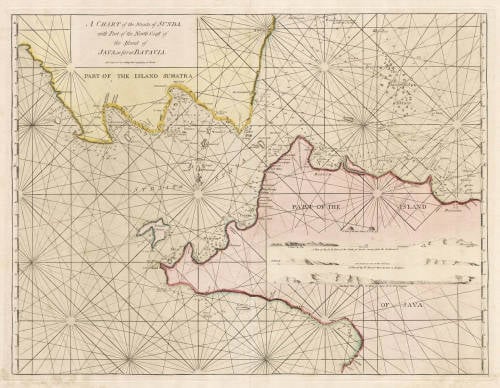Leen Helmink Antique Maps
Old books, maps and prints by Samuel Dunn
Samuel Dunn (1723-1794)
Samuel Dunn was born in 1723 in Crediton, Devonshire, England. His early years were marked by an inclination towards mathematics and teaching. Despite his young age, he was actively teaching writing, accounts, navigation, and other mathematical sciences by the time he was 20 years old.
Dunn was a multifaceted individual, primarily known for his work as a teacher of mathematics, navigation, and astronomy. He began his teaching career early, running his own school by the age of 19. In 1758, he became the master of an academy at Ormond House, Chelsea, London, which was equipped with a good observatory.
As an inventor, he is noted for creating the "universal planispheres," which were large stereographic maps with a transparent index, facilitating the study of geography, astronomy, and navigation. He published an account of their description and use in 1759.
Dunn's observations and discoveries were significant. He observed a comet in January 1760 and communicated other discoveries to the Royal Society. His published works, particularly in the fields of astronomy, geography, and navigation, were numerous and influential. These included the "New Atlas of the Mundane System" in 1774, consisting of 62 copperplate engravings, and various works published under the auspices of the East India Company, where he served as a mathematical and nautical examiner for navigators from 1774 onwards.
Samuel Dunn's later life saw him residing in various locations in London, eventually settling at 1 Boar's Head Court, Fleet Street, where he lived until his death in January 1794. His will, interestingly, mentioned a bequest to ensure the teaching of navigation and mathematics in Crediton, reflecting his lifelong commitment to education.
Dunn was not a fellow of the Royal Society but contributed papers to its Philosophical Transactions. He also was a member of the Philosophical Society at Philadelphia, America.
